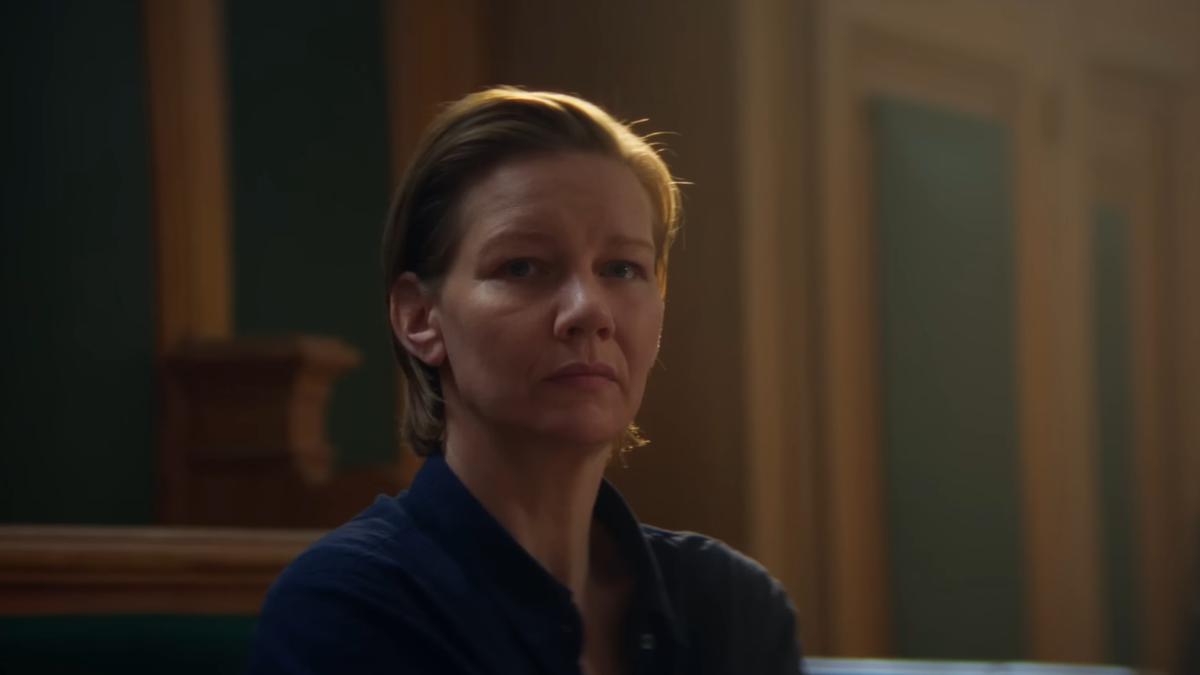
‘Anatomy of a Fall’: how the legal drama goes beyond the confines of labels
The Hindu
Anatomy of a Fall: A French legal drama challenging genre boundaries with Hitchcockian thrills and courtroom intrigue.
These days it is impossible to go to a film blind — unless you are living under a rock in which case you would not be watching films anyway. Since human beings have been proven to respond positively to categories, everything is put in a box.
Supermarket shelves are arranged like that and so too our consumption of content. In fact, the first sentence of a Wikipedia entry on a book or a movie tells you what genre the work belongs to. Labels make choosing our poison easier while swimming in digital oceans of content. Rom-com fans can staunchly avoid grim police procedurals while adrenalin junkies can quickly skip serious relationship dramas spread over three generations and two World Wars.
And then you come across an outlier like Anatomy of a Fall, which Wiki promptly describes as a French legal drama. The Best Picture nominee at the Academy Awards is directed by Justine Triet from a screenplay she wrote with Arthur Harari. The legal drama brings to mind respected and well-loved films such as To Kill a Mockingbird (1962), where Gregory Peck made for a fine Atticus Finch in this adaptation of the Harper Lee classic, Sidney Lumet’s 12 Angry Men (1957) and Billy Wilder’s Witness for the Prosecution based on the Agatha Christie play.
Then there is Tom Cruise defending marines in Rob Reiner’s A Few Good Men (1992), where Jack Nicholson as Col. Nathan R. Jessep thundered very effectively about the truth. There was also Al Pacino as the devil chewing up the scenery in The Devil’s Advocate (1997). Legal dramas also have a good history at the Oscars with Julia Roberts winning the best actress trophy for Steven Soderbergh’s Erin Brockovich (2000) and Jodie Foster for The Accused (1988), while George Clooney got a nomination for 2007’s Michael Clayton.
Anatomy of a Fall has been described as a “Hitchcockian procedural thriller”, and reminds one of all the courtroom thrillers where the Perry Mason-type lawyer conducts their investigations to prove the innocence of their client while revealing the real criminal. Courtroom thrillers also offer the opportunity for drama, filled with razor-sharp interrogation and bombastic speeches punctuated by objections and overruling.
While Anatomy of a Fall has a death and a trial to prove the innocence or guilt of a person, like all the best stories, the film goes beyond its genre boundaries. A person cannot just be their crime, the film suggests. In a remote chalet in Grenoble, a university professor, Samuel Maleski (Samuel Theis), is found dead from a fall from an attic window by his son Daniel (Milo Machado-Graner). Was it suicide, an accident or homicide? Maleski’s wife, Sandra Voyter (Sandra Hüller), a successful writer, is accused of killing Maleski on the basis of a recording of an argument between the couple.
As Sandra tries to explain how one cannot deconstruct a marriage on the basis of one recorded conversation, we get to learn more about the relationship. Sandra holds Maleski partly responsible for Daniel’s accident that led to his (Daniel’s) visual impairment while Maleski resents Sandra’s success as an author and her infidelity.













